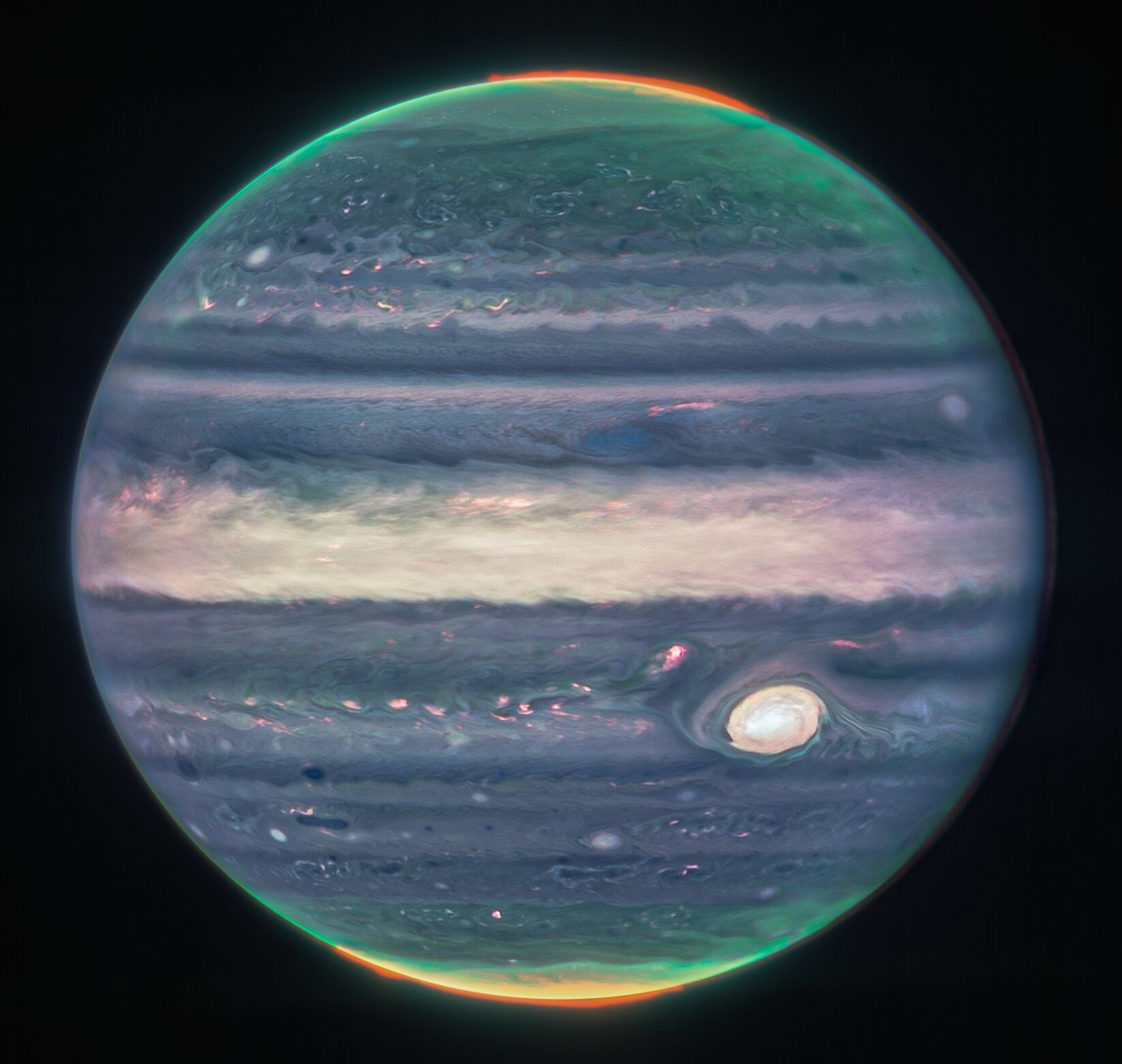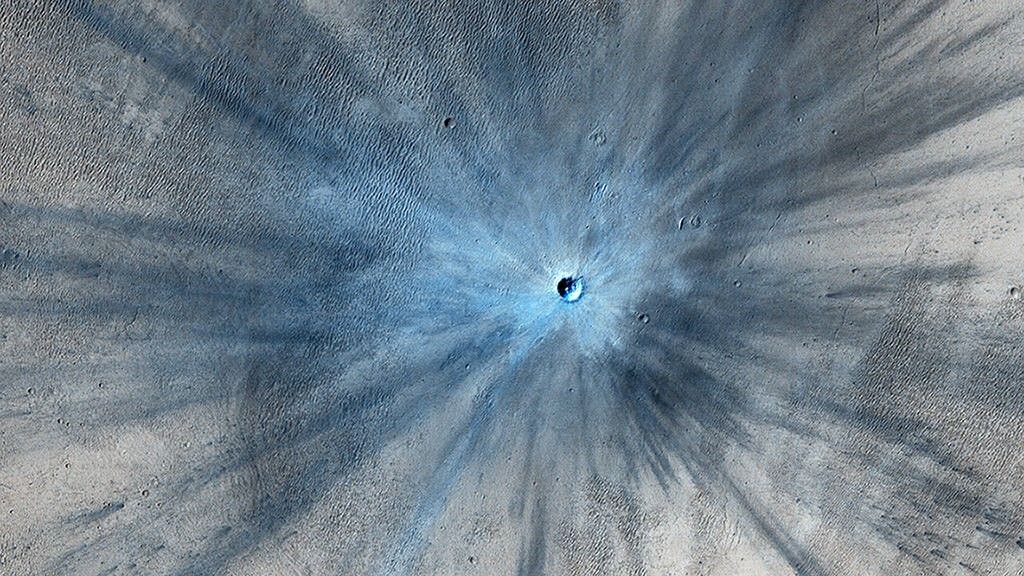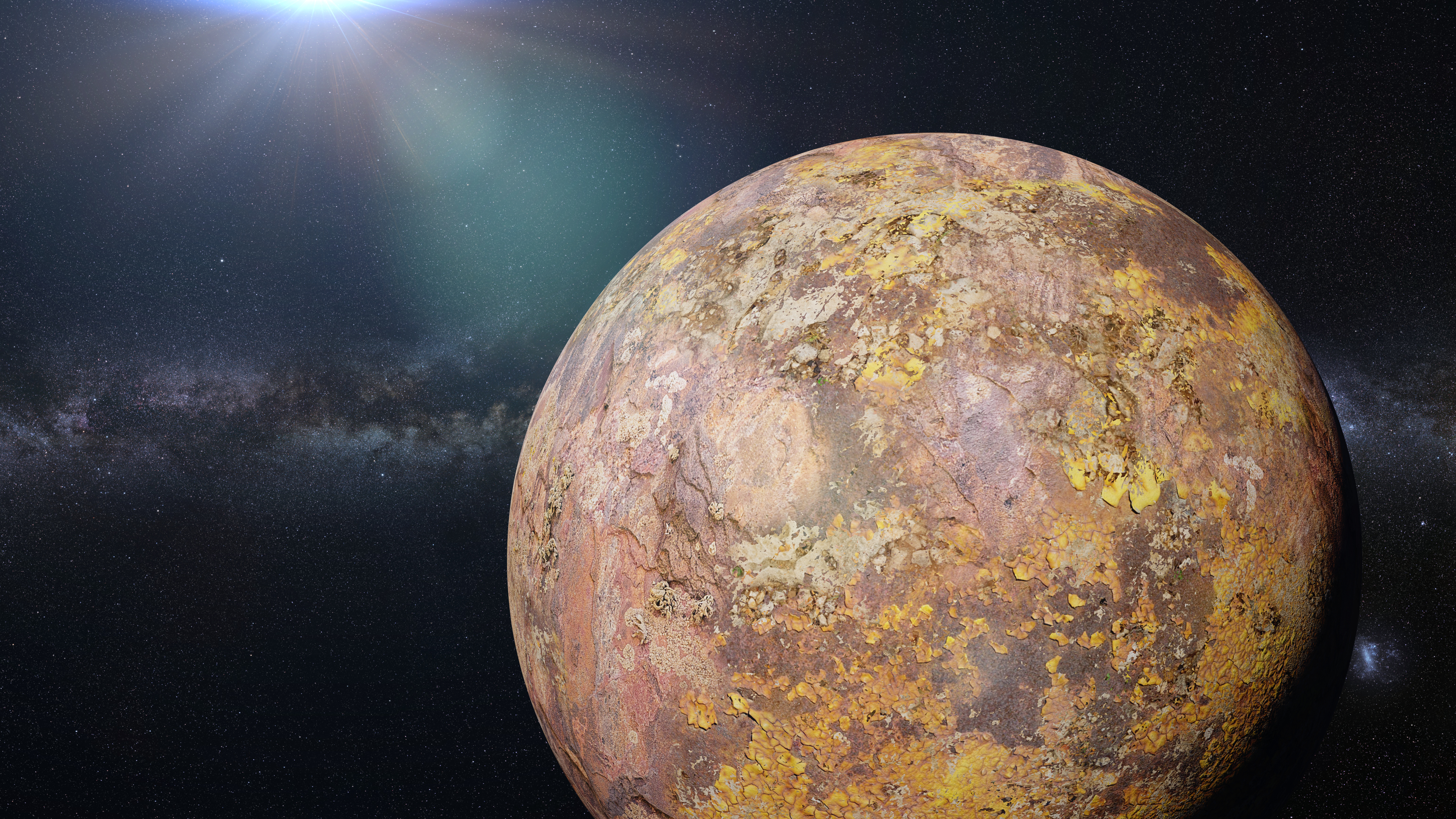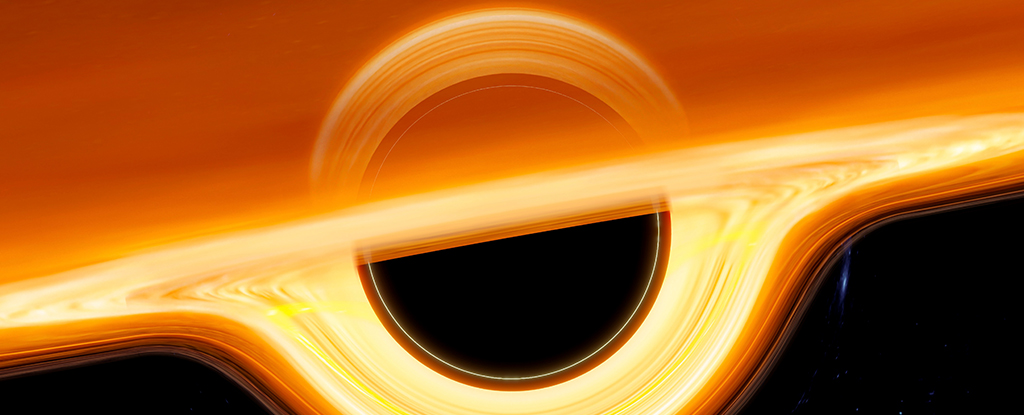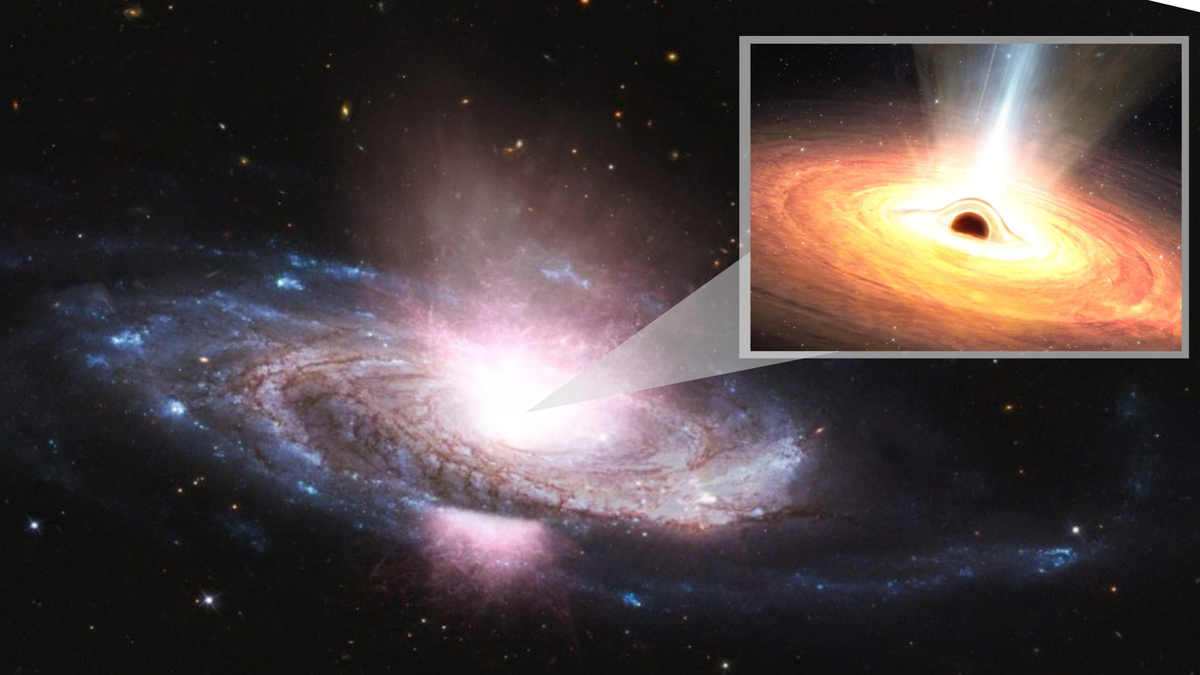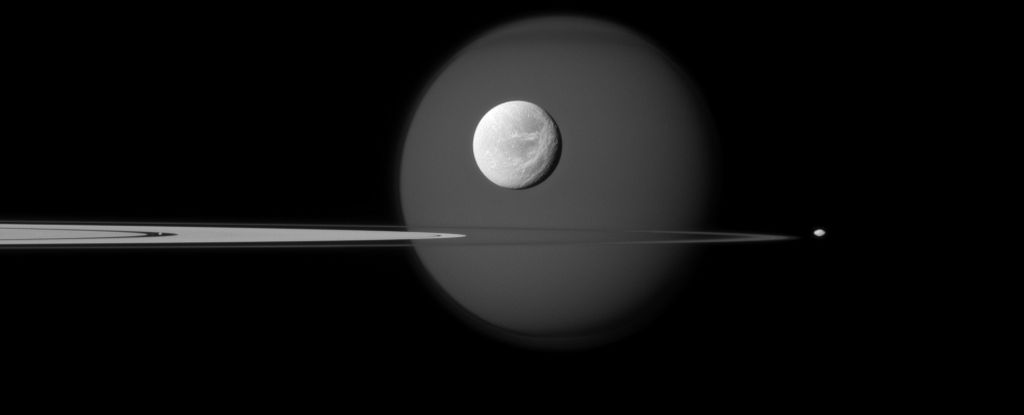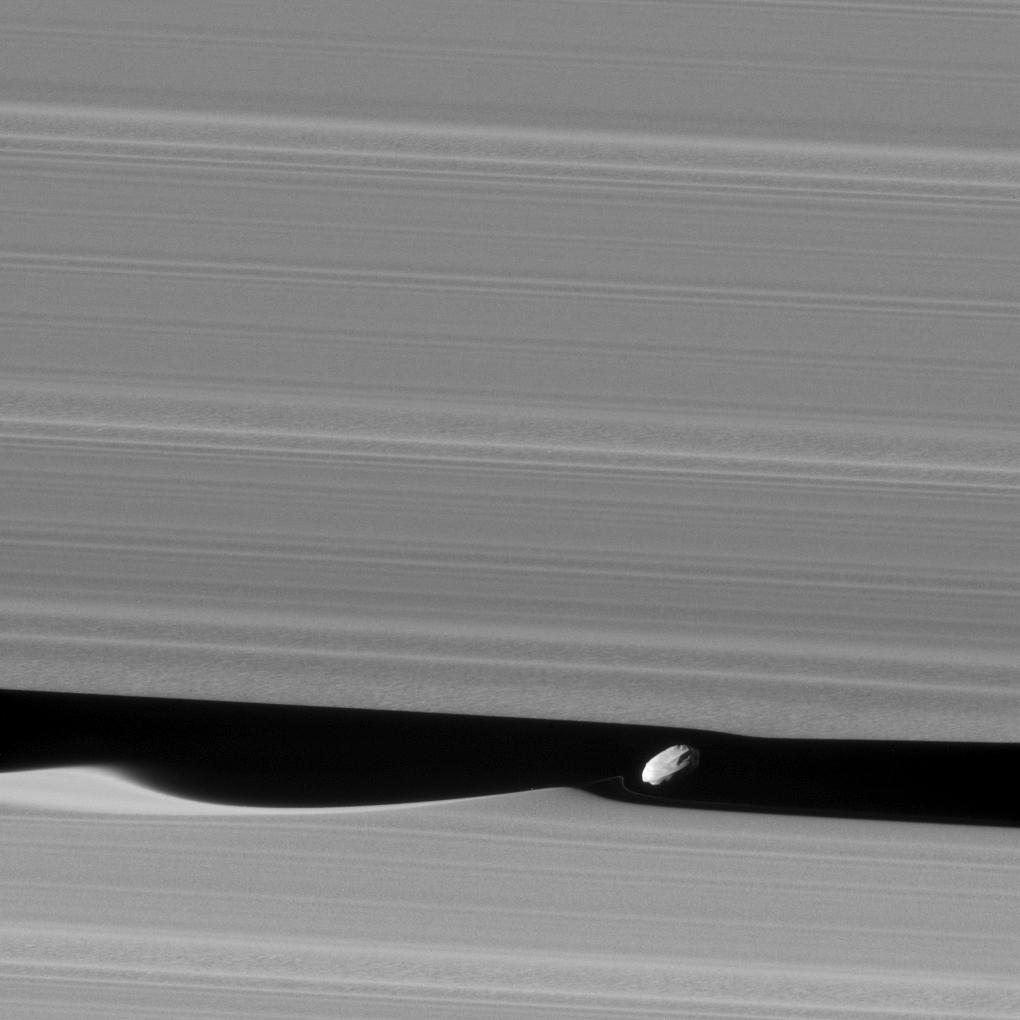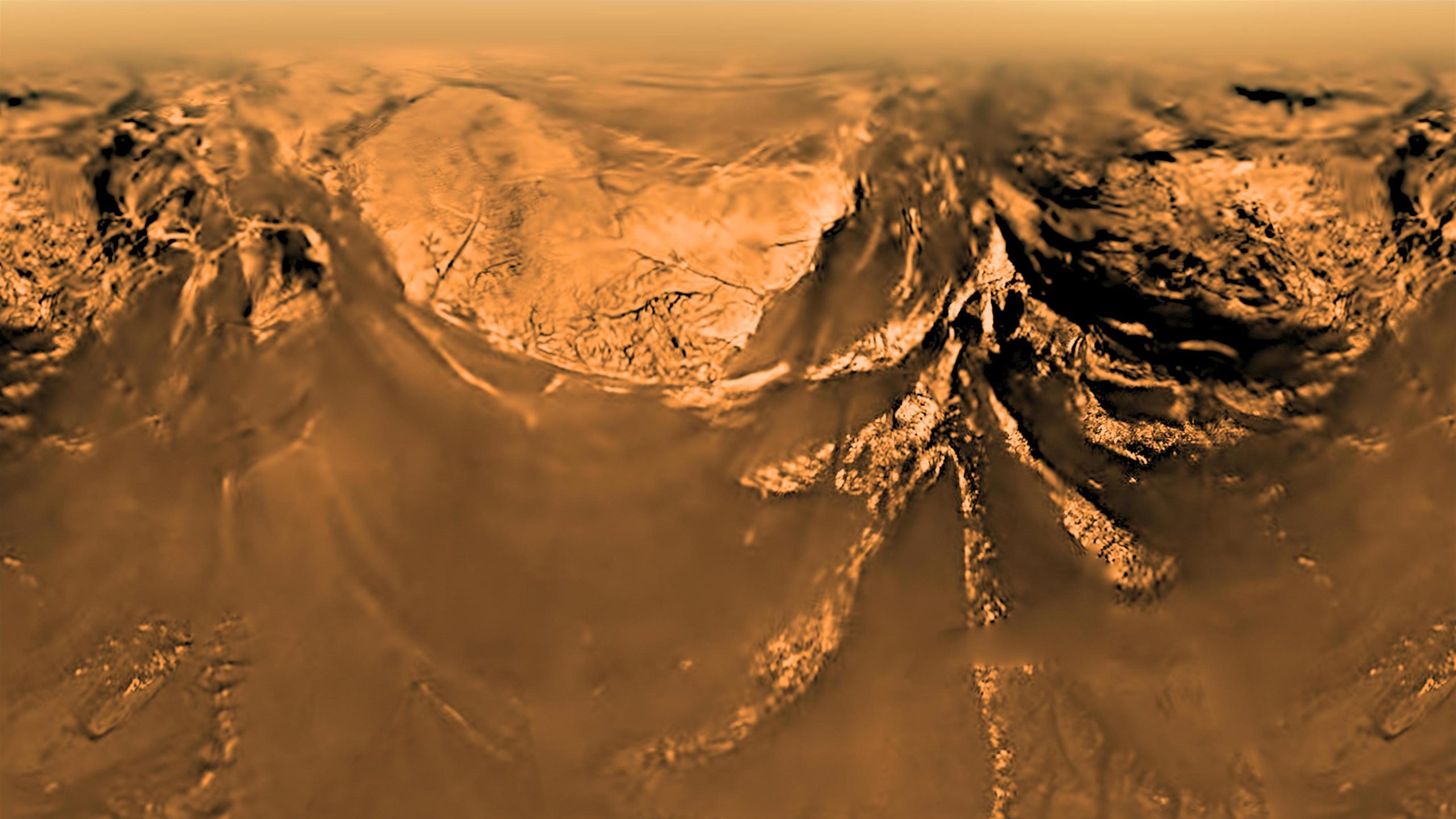eastisbest
Well-known member
I think I'd pick nutrition in the near term. Still ties somewhat into gravity, a bit more to it. It will govern both physical, mental and communal health. In the longer term, vehicle protection and self-repair.
Sci-Fi has a pretty good track record of predicting needs. Community will of course be a big issue. The occasional alien bursting out of someone's stomach... stuff like that to prepare for. But keeping people fed, at least unless a true way of sleeping through is developed, I think it the biggest issue in a weight and space limited vehicle.
Sci-Fi has a pretty good track record of predicting needs. Community will of course be a big issue. The occasional alien bursting out of someone's stomach... stuff like that to prepare for. But keeping people fed, at least unless a true way of sleeping through is developed, I think it the biggest issue in a weight and space limited vehicle.





